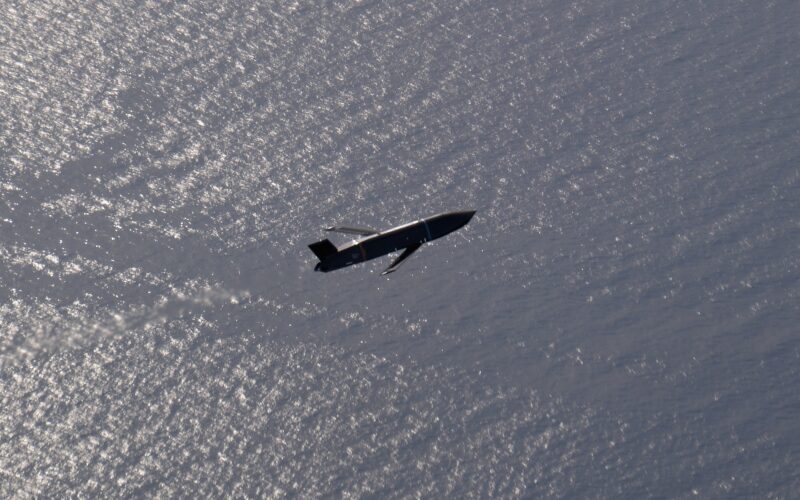Lockheed Martin and Raytheon have been awarded a $116 million contract by the US Naval Air Systems Command for the development of a hypersonic anti-ship missile under the Hypersonic Air Launched Offensive Anti-Surface (HALO) program.
This program aims to arm fighters, including the F/A-18 Super Hornet, F-35C, and the naval version of the upcoming sixth-generation fighter jet NGAD, with a long-range anti-ship missile.
The selected manufacturers will develop the propulsion system for the missile and ensure its technological advancement, with their respective solutions to be evaluated before undergoing flight tests by December 2024.
“As threat capability continues to advance, additional range, warfare capability, and capacity is required to address the more demanding threat environment,” said Captain Richard Gensley, Precision Strike Weapons (PMA-201) program manager.
The HALO program will eventually replace the current long-range anti-ship missile, AGM-158C LRASM, used by the US Navy F/A-18 Super Hornets (and the Air Force B-1B strategic bombers).
The HALO program is scheduled to achieve its initial operational capability by the end of the 2020s. LRASM will be upgraded with improved targeting capabilities to bridge the operational gap.
In February 2022, the United States Navy awarded Lockheed Martin a $1.1 billion contract to develop a hypersonic strike capability at sea. The manufacturer will integrate the Conventional Prompt Strike (CPS) weapon system onto the US Navy’s Zumwalt-class stealth guided-missile destroyers.

